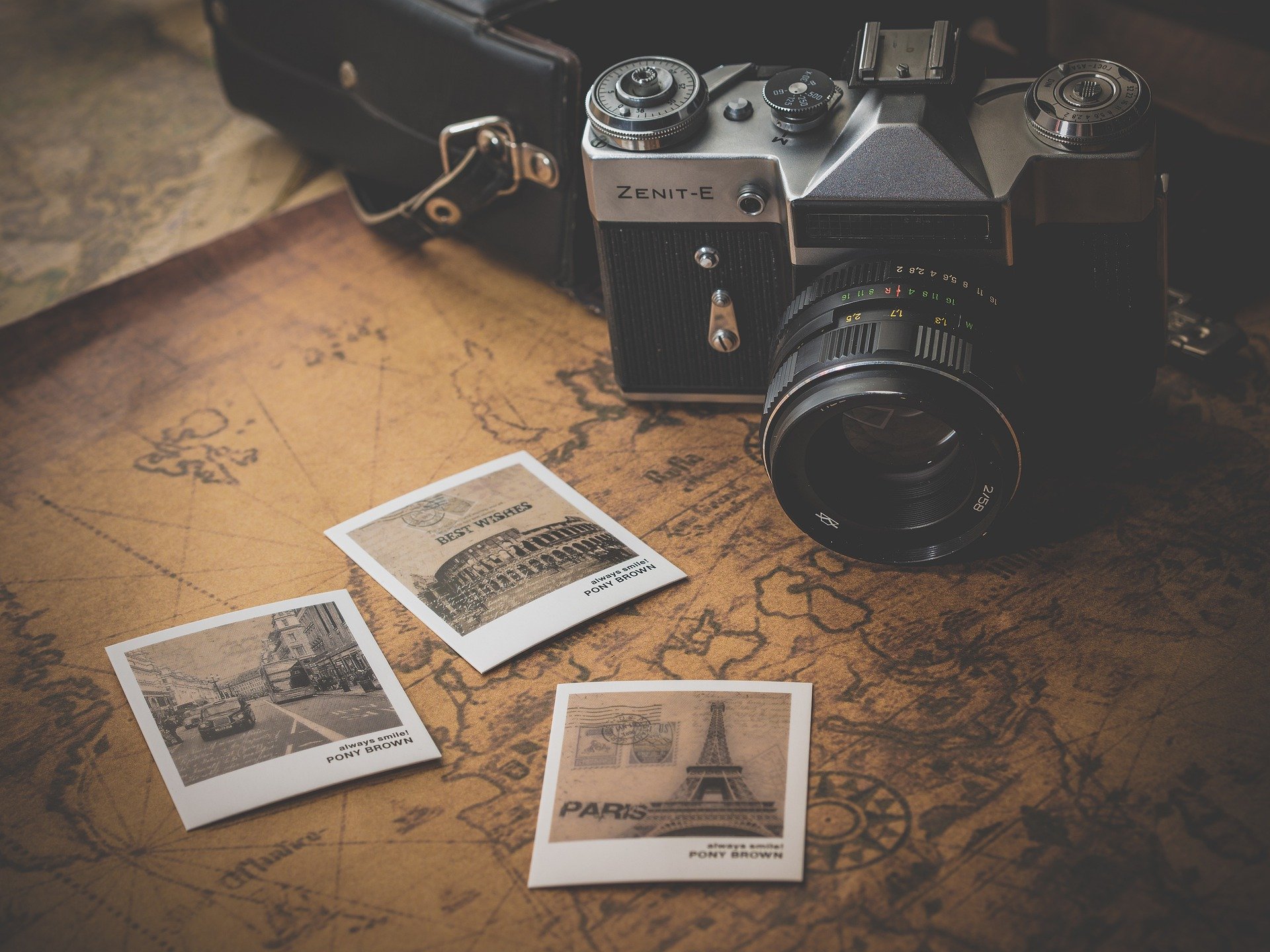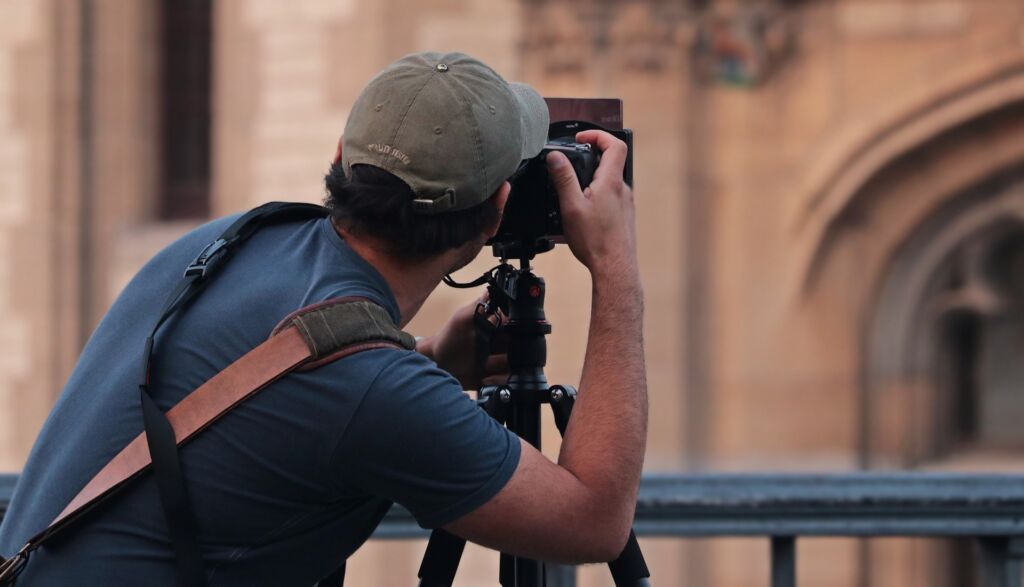Photography and copyright

With sentence n. 4361 of 11 March 2021, the Court of Rome had established that the publication of a photograph without the consent of the author violated the latter’s right to use and economically exploit it exclusively.
In ascertaining and recognizing an apparently indisputable right, the Court, in its motivations, had offered a detailed examination of the legislation that protects copyright in the photographic field, focusing on the elements that differentiate “simple photographs” from “works photographic”.
The story
On the merits, the plaintiff complained to the defendant company for having published on its Facebook page, without the authorization of the former, a photograph depicting an area of the historic center of the city of Frosinone, taken at night and in color.
For this, the author (and plaintiff in court) asked the Business Section of the Court of Rome to ascertain that:
- that the photograph in question had the character of a “photographic work” pursuant to art. 2 of Law no. 633 of 1941 (copyright law);
- the defendant’s liability for copyright infringement;
and to order the latter to pay compensation for pecuniary and non-pecuniary damage suffered by the same, as the holder of the right of economic use of the photograph.
The three types of photographs
The Business Section of the Court of Rome, in motivating its decision, had preliminarily identified the rules applicable to the present case, specifying that the Italian Copyright Law (N. 633 of 1941) distinguishes photographs into three types, providing for a different legal protection only for the first two:
- The “photographic works“, considered intellectual works pursuant to art. 2 and protected pursuant to art. 12 (the author’s exclusive right to use and economic exploitation), 20 (the author’s right to claim authorship) and ss. and 171 (punishment of a third party who violates copyright) et seq. of the same law;
- “simple photographs“, that is, “images of people or aspects, elements or facts of natural or social life without a creative character, despite being characterized by some personal activity of the photographer, at least in the search for the subject to be photographed“, for which it is protected, pursuant to art. 87 et seq., The author’s right to reproduce, disseminate and sell the photograph;
- photographs of “writings, documents, business papers, material objects, technical drawings and similar products“, without legal protection under copyright.
The definition of “creative act”
The distinction between the first and second category of photographs is represented by the existence, in the first, of the creative act, that is the “expression of an intellectual activity preponderant with respect to the material technique“, which allows the particular “mode of reproduction of the photographed data”to transumi “a message is different with respect to the objective vision of it”and “to identify the work among other similar ones”.
“Photography – specified the Court of Rome – is creative” when it is not limited to reproducing and documenting certain actions or real situations, but rather:
- is “capable of evoking suggestions or in any case of letting the photographer’s personal contribution shine through“, through “the enhancement of the effects that can be obtained with the device (framing, perspective, care of the light, completely peculiar)“, or “the choice of the subject (by intervening the photographer on the attitude or expression, if not creating the subject itself)”.
- has the characteristics of originality (as already stated by the Court of Milan, with sentence of 24 September 2015).

The protection of the author of “simple photographs“
Regardless of the distinction reported above, art. 88 of the Copyright Law provides that “the photographer has the exclusive right to reproduce, disseminate and sell the photograph” (be it “photographic work” or “simple photography”).
This right does not cease in the event that the author decides to grant the use of the photo to other subjects, for both consideration and free of charge.
In order for the transfer of the right of economic exploitation of photography to take place, it is necessary, indeed, that there is:
- the transfer of the negative of the photo, or of a similar means of reproduction of the same;
- or the payment of a fair fee to the photographer by the client of the photo;
- an employment relationship; in this case the right belongs to the employer (even if the author remains the photographer).
The decision
In the case in question, the Court of Rome considered the photograph object of the case “simple”, since, although it emerged from it “the ability to effectively capture the photographed object” and the use of techniques that made it similar to a painting, from these elements the characters of originality and creativity were not recognizable.
Therefore, the photograph was protectable pursuant to art. 87 of the Italian Copyright Law, thanks to the author’s “search for the quality of the shot” and the “chromatic effect resulting from the technical processing of the photo“.
Furthermore, as it emerged from the documentation produced in court that the original of the photograph reported, at the base, the indication of the website belonging to the author, it was unquestionable for the Court that the defendant in court was aware of the ownership of the same.
Therefore, the publication on its Facebook page of the aforementioned photo (by the defendant company) without the indication of the author’s website (following deletion of the wording), had resulted in an injury harming the author’s right to use it and exploit it economically exclusively.
The Court, therefore, had declared the defendant’s responsibility for infringement of the copyright and sentenced the same to compensation for the pecuniary and non-pecuniary damage caused to the plaintiff.


